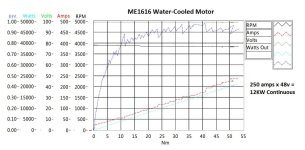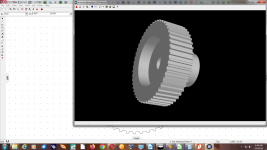Here's a link to it:
I'm looking to retrofit a 90's model Suzuki 1100cc shaft drive. I have asked the vendor for more data as I don't see any torque values. I plan on coupling the motor to the shaft via a u-joint. The rear diff is a 2.66:1 ratio, and it has a 17" rear wheel.
50KW 154120154Brushless out runner Motor 35-80kv large air craft [50KW 154120154] - $1,024.00 : RC, hobby shop specalizing in Motors, Drones, UAS, robots, motion controll, BGC, FPV, brushlessgimbal.ca
RC, hobby shop specalizing in Motors, Drones, UAS, robots, motion controll, BGC, FPV 50KW 154120154Brushless out runner Motor 35-80kv large air craft [50KW 154120154] - 15412015470(Sensorless, sesnored ) Any kv not higher than 80KV (35, 55, 80) Large scale 40kw Brushless out runner motor for...
brushlessgimbal.ca
I'm looking to retrofit a 90's model Suzuki 1100cc shaft drive. I have asked the vendor for more data as I don't see any torque values. I plan on coupling the motor to the shaft via a u-joint. The rear diff is a 2.66:1 ratio, and it has a 17" rear wheel.



